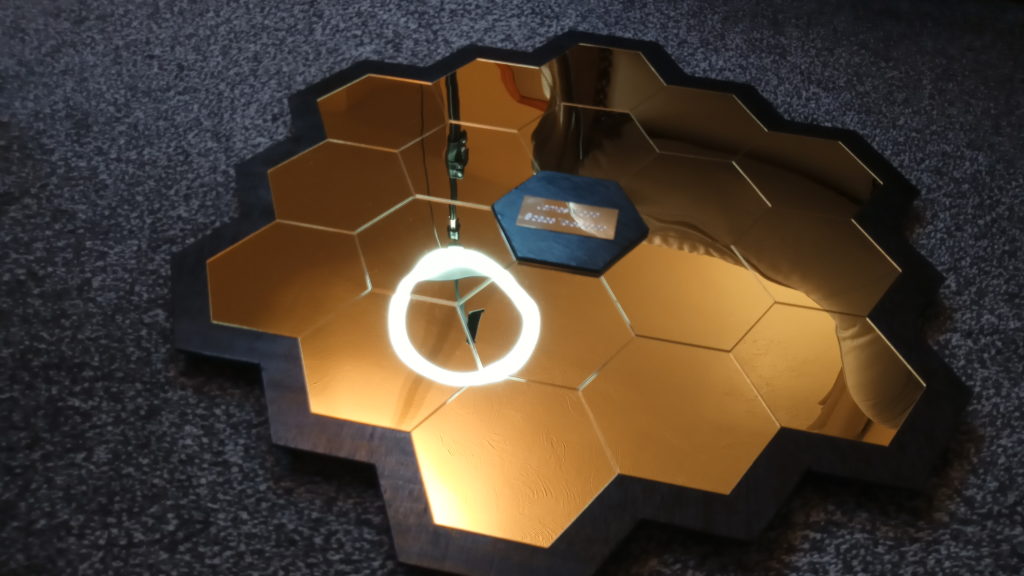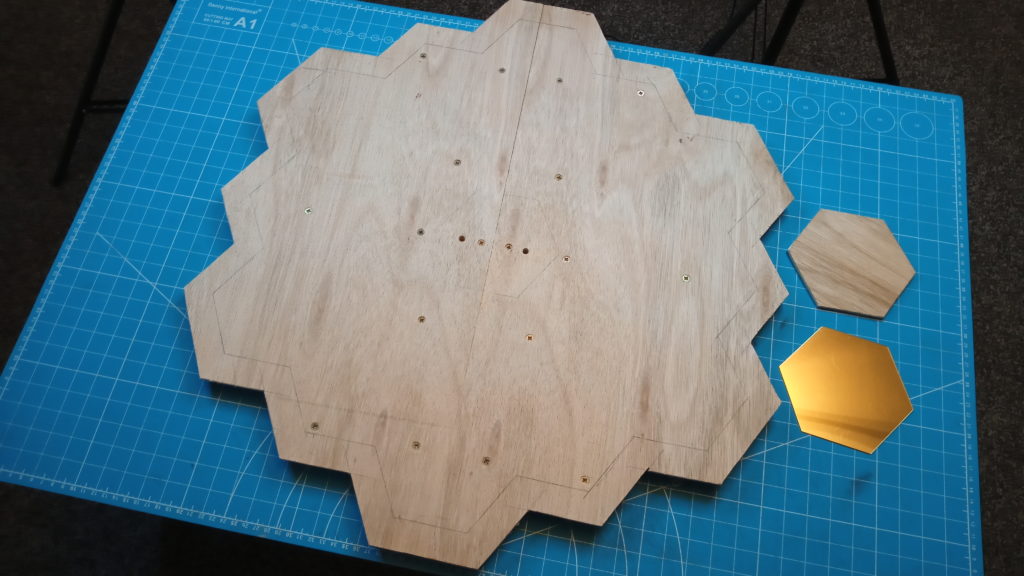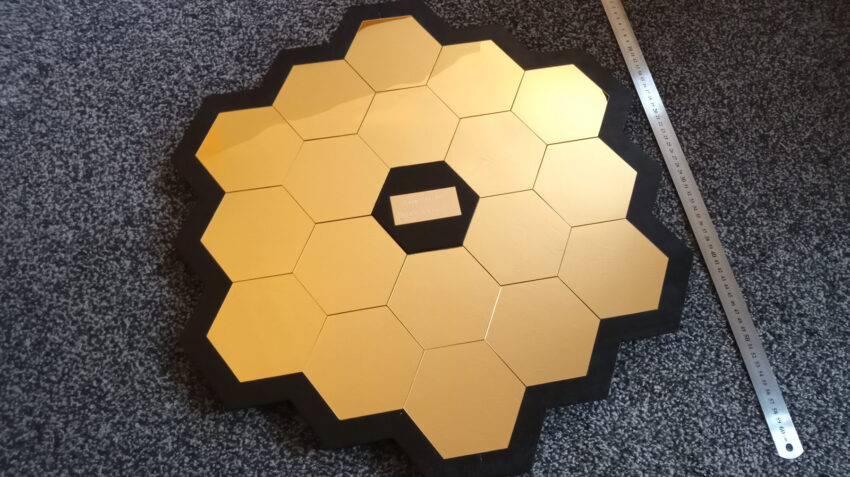Okay, so; I am rather fascinated with a lovely piece of NASA tech that has not long ago been launched into space, travelled a million miles from Earth to our Lagrange Point 2 (L2), and is now beginning to calibrate its primary mirror so that it may peer into light that has been travelling to us since the beginning of time. For our universe anyway.
It’s absolutely mesmerising in its complexity, not least for its 344 single points of failure, engineered into the observatory intentionally so that it would fit inside an Ariane Rocket’s fairing (which all deployed perfectly), but also for the sheer brilliance of the design, which is aimed at collecting red shifted light, long stemming from the Big Bang (or so it goes), that has been travelling to us for nearly 14 billion years.
I could write for hours about the heat shield, reaction wheels, thrusters, and much more, however its mirrors are where this post becomes relevant. On Webb, the mirrors are beryllium (yes like in Galaxy Quest). It’s a metal with a low atomic number (4), that while is not as strong as steel, is very rigid for its weight. Especially in the cold of space. The mirrors are then coated with gold, which is ideal for reflecting light that has long since shifted into the infra-red part of the spectrum (that we cannot see), as the universe expands away from us.

Each mirror is hexaganol, and they are just under 2 metres wide. This gives it a very distinctive look. We have tried to emulate this, albeit in our limited capacity these days. Our mirror consists of 18 gold hexagonal mirrors, just like the real James Webb Telescope, however ours came directly from Amazon, and are pretty thin
We decided that when we were finished we would want to hang it (my daughter is especially keen on this), so we assembled it from plywood, which is stitched together with some simple bracing at the back. This took quite a while, as not only did we film this for our Rocking Sprocket channel, but I am unable to do any of the heavy work. Cerys literally had to learn on the job while I lightly sanded and painted.
Once we were happy with the layout of the mirrors on our new board, we proceeded to mark their positions on the board itself. They were not easy to keep in place, especially as we wanted them completely undamaged. We did eventually manage to draw around them, leading us to remove them from the area quickly, before we scratched any. We used a variety of measuring tools to try and get ourselves a decently accurate border around the mirror of 1 inch, and then proceeded to cut out the board.
After a couple of trial placements with the mirrors, we realised there was way too much margin for error, especially as some of the mirrors seemed to be less than perfectly hexaganol, and would move very easily. So given that on the JWST, the center is black, we cut a piece of board out in the same shape, and then we then glued it to the center. We were able to build up the rest of the mirrors around this raised part, although there was still a little scope for us leaving erroneous gaps if the mirrors were not placed well.
We think it’s pretty accurate, although given there are 18 individual mirrors, all very thin plastic; the reflection is less than perfect. It’s a good job it’s not going to L2!

We painted the board black, assembled the hexaganol mirrors where we wanted them, and one by one (very carefully), stuck them down. We then placed a custom made plaque in the center, and peeled off the protective surface on the mirrors. It was, to put it succinctly, just incredible. The JWST primary mirror just appeared in front of us in much reduced scale.
We are very pleased with the result, and it’ll be gracing our living room just as soon as we can manage to get someone to throw it on the wall for us. Until then it’s being protected as much as we can.
A video of the build will be on our Rocking Sprocket channel, just as soon as we finish it (a project in, and of itself that we would like to ‘jump start’), and of course, as usual, I will embed the video into this post when we upload it.
Much more to come.
Emma

